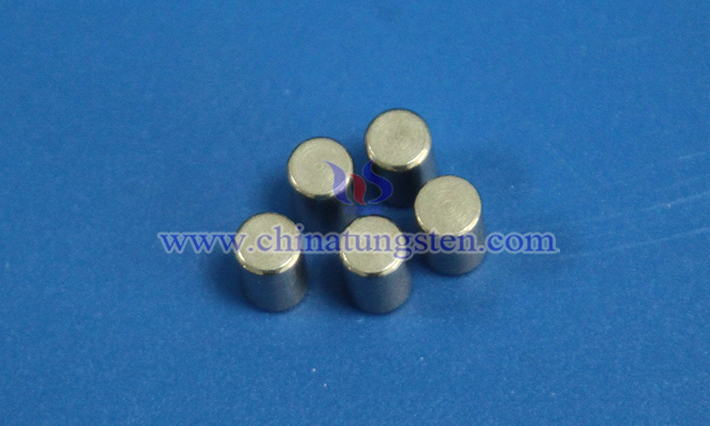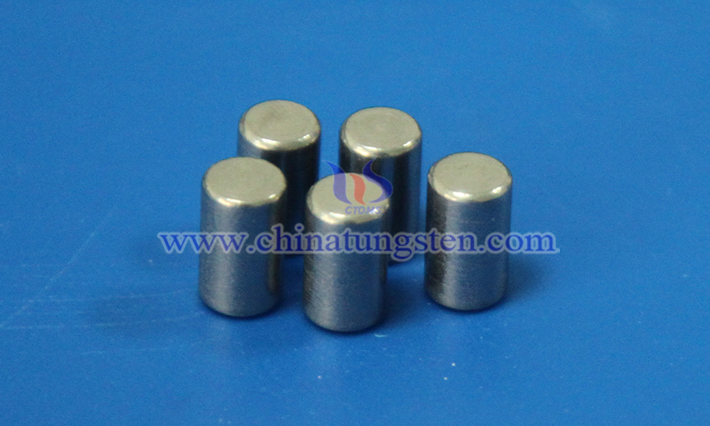Factors Affecting the Antioxidant Properties of Barium Tungsten Electrodes
- Details
- Category: Tungsten Information
- Published on Tuesday, 27 May 2025 17:19
The antioxidant properties of barium tungsten electrodes are affected by many factors, including material formula, preparation process, surface treatment, use environment, etc.

The main factors affecting the antioxidant properties of barium tungsten electrodes:
1. Material Composition
Barium Content: As an active element, barium can reduce the work function of the electrode and promote electron emission, but excessive barium content may cause unstable surface structure and affect antioxidant properties.
Tungsten Matrix Purity: The purity and trace impurities (such as oxygen, carbon, etc.) of the tungsten matrix will affect the oxidation behavior of the electrode at high temperatures. High-purity tungsten matrices usually have better antioxidant properties.
Additives: Certain additives (such as rare earth element oxides, such as La₂O₃, Y₂O₃) can improve the antioxidant properties of the electrode and slow down the oxidation rate by forming a stable oxide layer.
2. Working Environment
Temperature: Barium tungsten electrodes usually work at high temperatures, which accelerate oxidation reactions. The higher the temperature, the faster the oxidation rate, and the higher the requirements for anti-oxidation performance.
Atmosphere: The oxygen partial pressure in the environment directly affects the oxidation rate. In a vacuum or inert atmosphere, the electrode has better anti-oxidation performance than in an oxidizing atmosphere.
Humidity: Moisture may cause surface corrosion and reduce anti-oxidation ability.

3. Surface Treatment and Microstructure
Surface Roughness: Smoother surfaces usually have better anti-oxidation performance because rough surfaces are more likely to adsorb oxygen and accelerate oxidation.
Grain Size: Fine grain structure can improve anti-oxidation performance because grain boundaries can effectively hinder the diffusion of oxygen atoms.
Coating Protection: Applying an anti-oxidation coating (such as zirconium oxide or silicide coating) on the surface of the barium tungsten electrode can significantly improve its anti-oxidation ability.
4. Preparation Process
Sintering Process: Sintering temperature, time and atmosphere affect the density and microstructure of the electrode. High-temperature sintering may cause barium volatilization and reduce anti-oxidation performance.
Heat Treatment: Appropriate heat treatment can optimize the crystal structure of the electrode, reduce internal defects, and thus improve the antioxidant capacity.
5. Usage Conditions
Current Density: High current density will increase the electrode surface temperature and accelerate the oxidation reaction.
Number of Cycles: Frequent thermal cycles may cause surface cracks and reduce antioxidant performance.
- Chinatungsten Online: www.tungsten.com.cn
- CTIA GROUP LTD: en.ctia.group
- Tungsten News & Price: www.ctia.com.cn
- Molybdenum News & Price: news.molybdenum.com.cn
- Tel.: 86 592 5129696; Email: sales@chinatungsten.com



 sales@chinatungsten.com
sales@chinatungsten.com